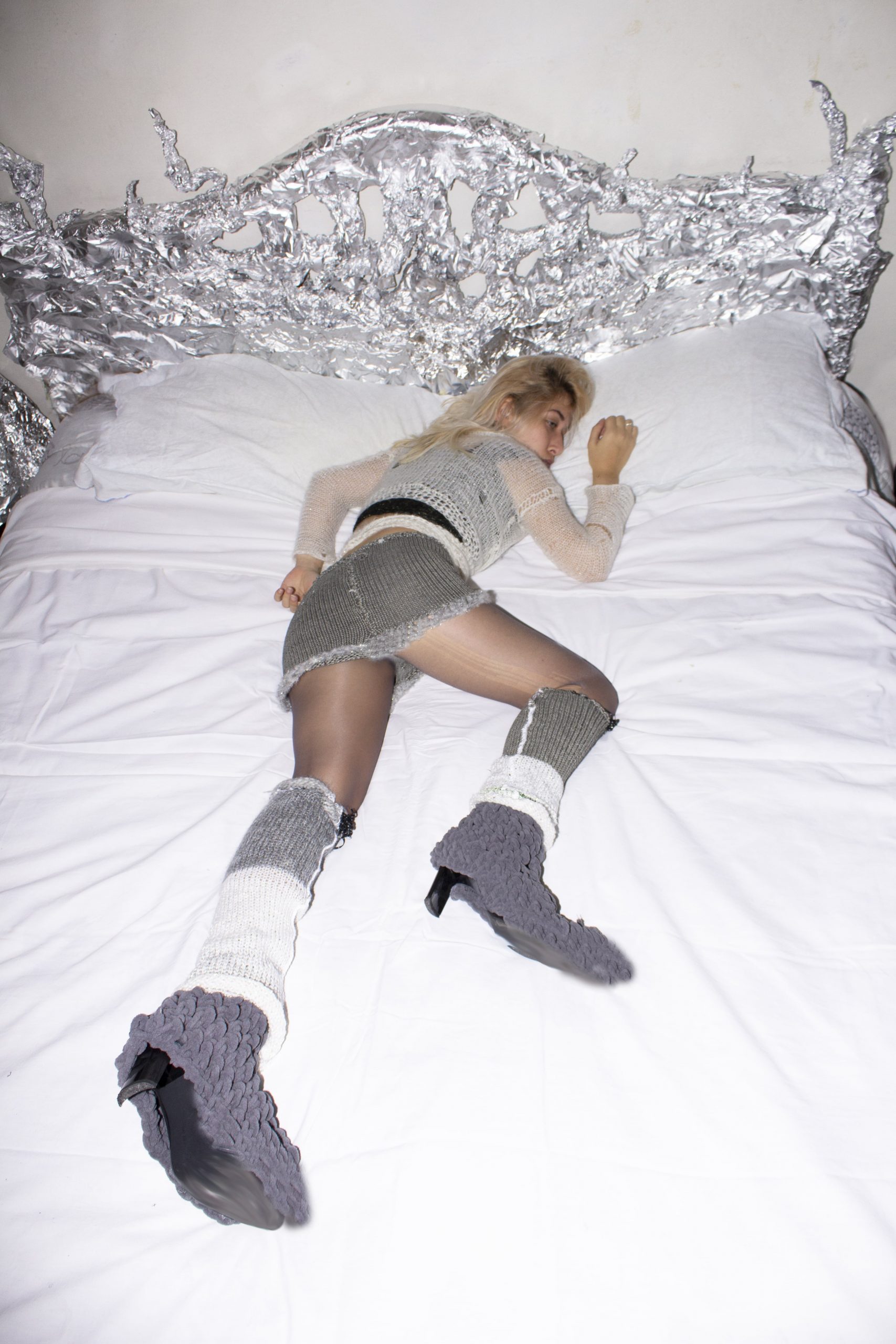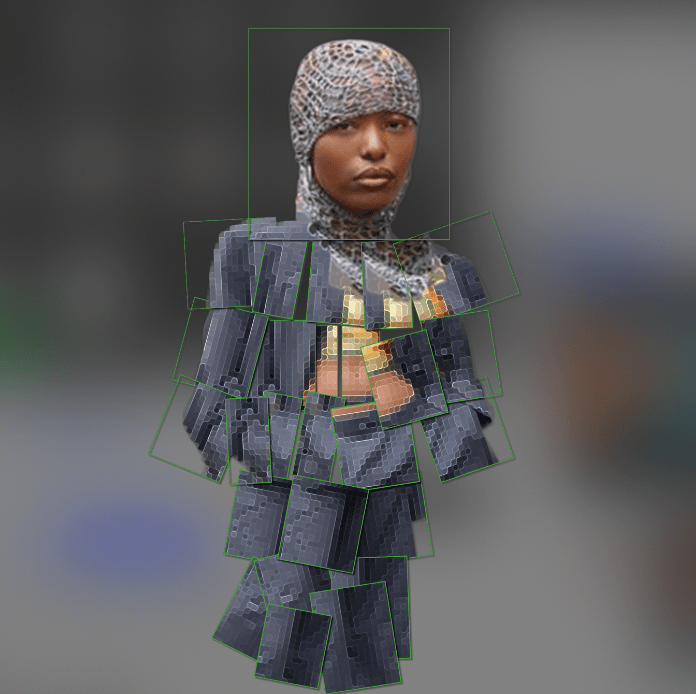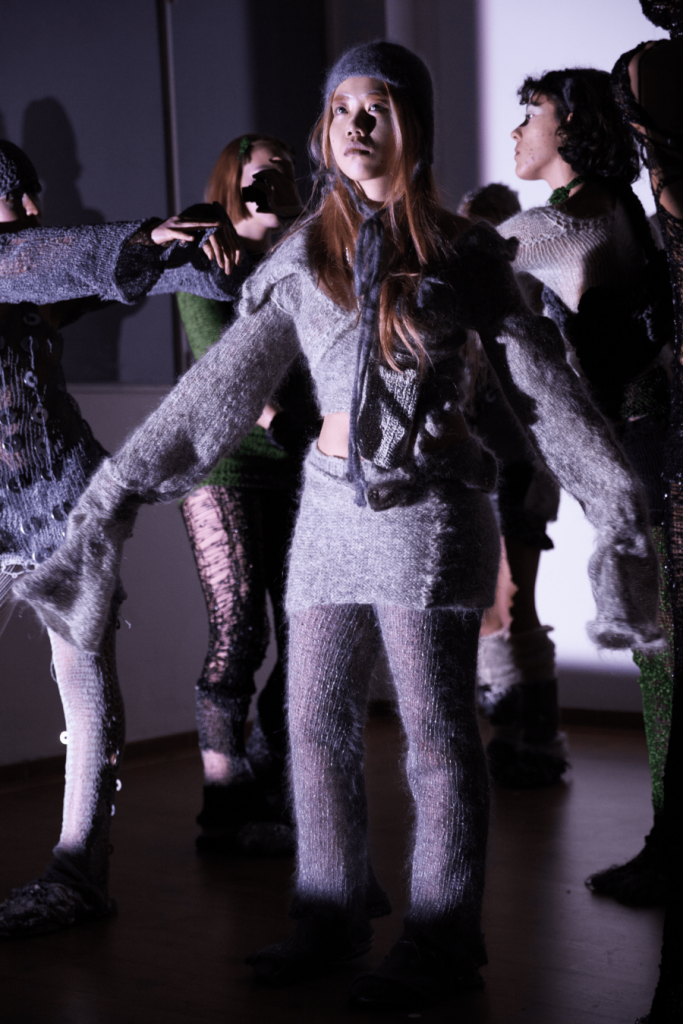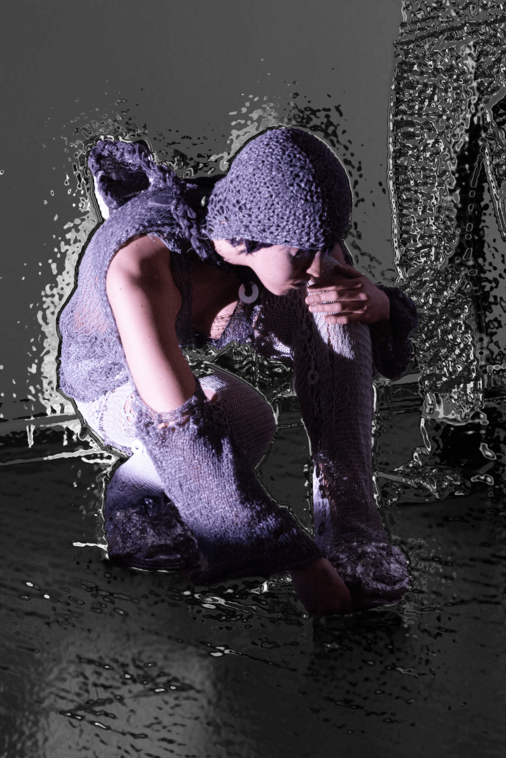KNITTED HYPERTEXTS or how Lucia Carmagnola sews Punto_zero
Born in Genoa in 1999, Lucia Carmagnola is an emerging fashion designer who lives and works in Milan. We meet in Niguarda, a neighbourhood in the northern part of the city, which since 2018 has accompanied her professional growth, influencing her stylistic restitution.







